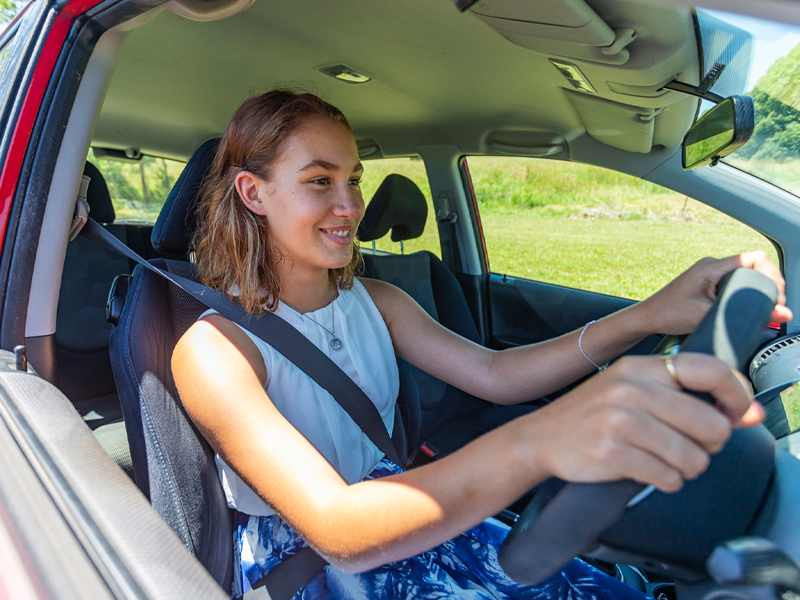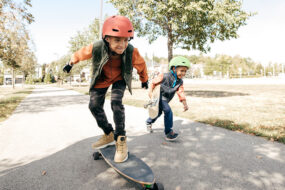Teenage drivers: How to help your P-plater drive safely
Your teenager finally has their licence and Mum’s taxi is no longer required. It can be a worrying time for parents, but resilience training can help them learn safe driving skills.
Like most young people, 17-year-old Isabella Murray-Daff from Tweed Heads loves hanging out with her mates, whether it’s at the beach, party or a friend’s house.
Driving herself there is all part of the fun for the P-plater and it’s a responsibility she doesn’t take lightly.
Isabella is one of thousands of year 11 students to take part in a NSW Health program known as RRISK (Reduce Risk Increase Student Knowledge) focused on helping teenagers avoid risky behaviours by giving them tools to make informed decisions about driving, alcohol and drugs.
“We did the program as a Zoom webinar and it was really engaging,” Isabella says. “We learnt some great strategies and I think about them all the time when I’m driving and going out.”
She says these key tips particularly resonated:
- Plan ahead.
- Know exactly where you’re going.
- Know how you’re getting home.
- Have a plan B if things go wrong.
- Parenting teens: 10 golden rules
Risky driving among Australian teens
Isabella isn’t alone when it comes to benefitting from this sort of training at a young age.
A 2019 National Road Safety Partnership Program report found that close to 80 per cent of P-platers and 55 per cent of learner drivers aged 16 to 17 had engaged in some form of risky driving on at least one of their 10 most recent trips.
Now, a new study that tracked almost 21,000 young drivers for more than a decade has revealed those who took part in the RRISK resilience program were much less likely to have a car crash during their early years behind the wheel.
Lead author of the research Professor Teresa Senserrick from the Centre for Accident Research & Road Safety – Queensland (CARRS-Q) says reaching kids early is key.
“The data showed program participants were 24 per cent less likely to have had any crash and 42 per cent less likely to crash in darkness than non-participants,” she says.
“It can be too late if we wait until a young person starts to drive before teaching them how to be a resilient driver or even a passenger of another young driver.
“Habits are a whole lot harder to change when you’ve been doing them for years.”
- Underage drinking: How teens can easily buy booze
How to help teens develop safe driving habits
With each Australian state and territory having different driver licence tests and graduated licensing systems, Professor Senserrick agrees putting in place universal resilience training may be difficult.
However, the good news is there are lessons to be learnt at home.
“Sit with your teenagers,” the developmental psychologist urges.
“Your children are at an age where you think they’re not listening to you but they’re very much taking in what you say and they do take it into consideration even if they’re not reflecting that to you.
“Talk to them about situations where they might get stuck.
“Have a pact they can ring you at any time rather than take risks in getting home. “Have strategies to help them save face.”
Professor Senserrick says it helps if parents think of P-plate driving as the second stage of learning and stay involved, particularly if their children are driving in new situations, such as long trips or in extreme weather or even late at night.
Sensible driving tips for teens
Professor Senserrick’s suggestions for young people are simple.
“Reflect and think ahead,” she advises.
“This is a really important time of your life.
“Think about what’s at stake and put your sensation-seeking and risk-taking into activities like sport.
“Think before you act, be strong and use your own moral compass.
“And look after your friends!”
Written by Liz McGrath.





